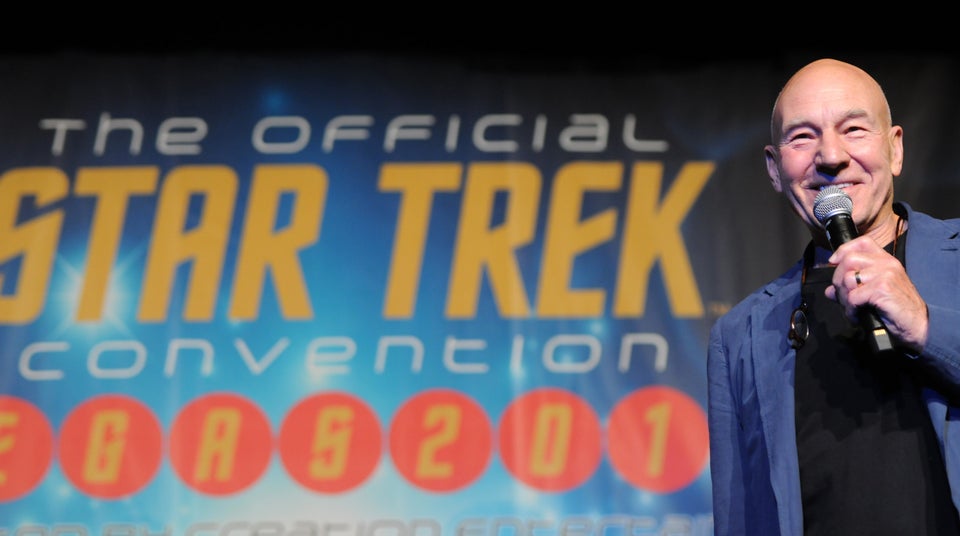When CBS’ “ Star Trek: Discovery” premiered last fall, the show marked the start of a new chapter in the science fiction franchise by featuring two men in a committed, same-sex relationship.
The characters, Lt. Stamets (played by Anthony Rapp) and Dr. Hugh Culber (Wilson Cruz), solidified their relationship by sharing their first onscreen kiss in an episode that aired in November. It was a watershed moment for both stars as well as “Star Trek” fans around the world.
Still, much of the media hype around the kiss overlooked the fact that the “Star Trek” franchise has been pushing boundaries since it first debuted in 1966. In fact, an episode of “Star Trek: Deep Space Nine” that aired 22 years before “Star Trek: Discovery” featured a kiss between two women.
In the first installment of his new “Culture Cruise” video series, Seattle-based writer Matt Baume breaks down that 1995 episode of “Deep Space Nine,” which was titled “Rejoined.”
“They were able to feature a same-sex relationship at a time when few shows dared do so because of the sci-fi setting.”
- Matt Baume
As Baume points out, the context of the kiss was somewhat complicated. The female characters involved, Jadzia Dax (Terry Farrell) and Lenara Kahn (Susanna Thompson), were from an alien race known as the Trill that exists as symbionts implanted in host bodies. When Dax was inhabiting a male body a lifetime or two ago, she and Kahn were a married couple. Unfortunately for them, re-associating with a former spouse in Trill society is strictly prohibited.
But while the “Deep Space Nine” kiss may not be quite as profound as the one portrayed on “Star Trek: Discovery” in 2017, Baume makes the case that Dax and Kahn’s relationship is an explicit reference to homosexuality, specifically the “social stigma centered on forbidden love.”
“They were able to feature a same-sex relationship at a time when few shows dared do so because of the sci-fi setting. That allowed the show to speculate about the future and go further than other programs of the time,” Baume notes. “But the downside was that while they could show two women kissing, it was within the metaphor of a science fiction story, and so they couldn’t actually talk about what the show’s really about: homophobia and stigma.”
Watch Baume’s entire episode of “Culture Cruise” above.

